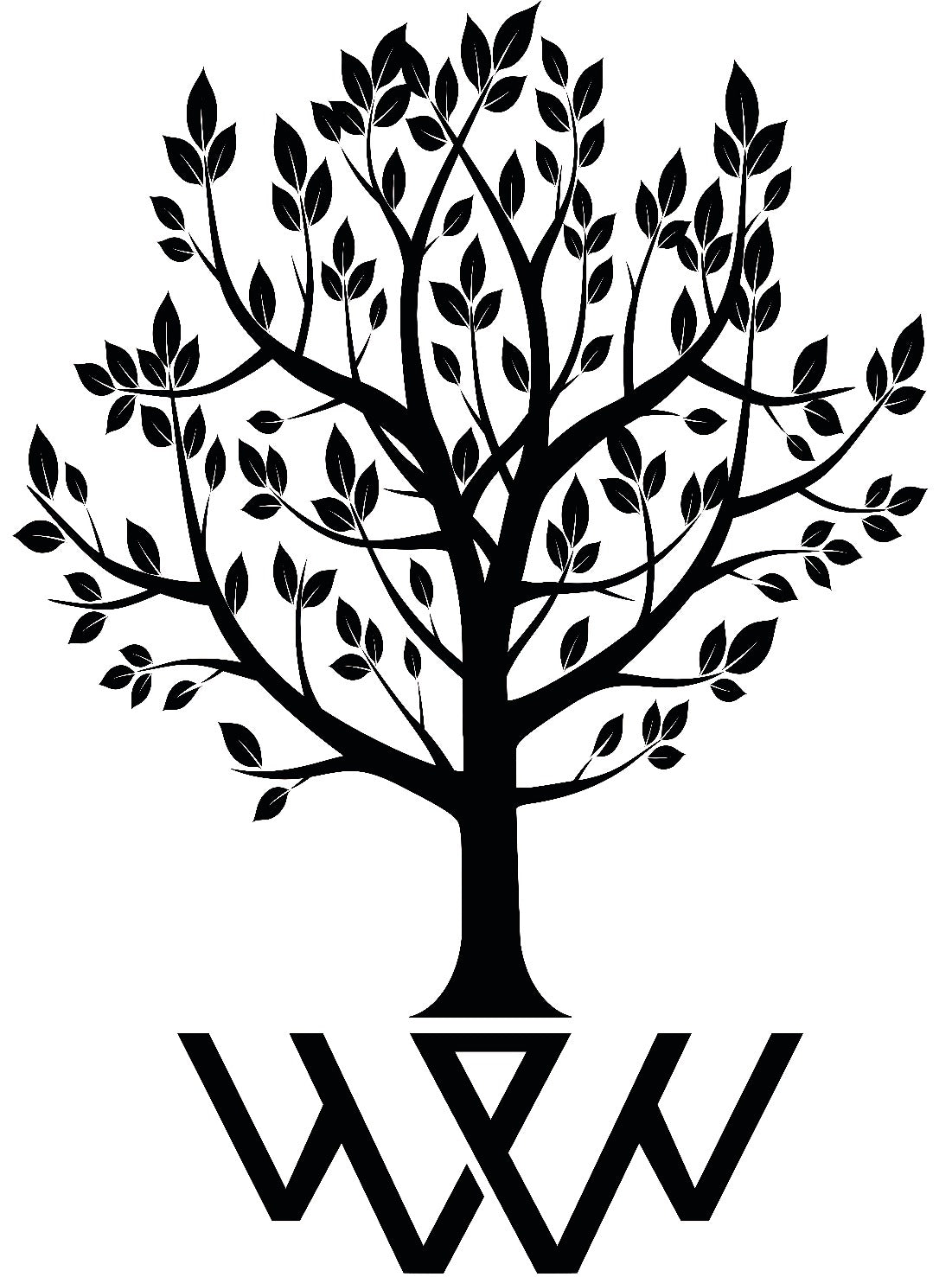Willow is the wood of choice for cricket bats
Cricket bat making has a long and interesting history that dates back to the early 18th century. The first cricket bats were made from willow trees, and this tradition has continued to this day. But why is willow the preferred wood for making cricket bats?
One reason is that willow is a relatively soft wood, which means that it is able to absorb the impact of the ball when it is hit. This helps to reduce the shock that is transmitted to the hands of the player, making the bat more comfortable to use. Willow is also a flexible wood, which allows it to bend slightly when the ball is hit. This helps to transfer more power to the ball, resulting in longer hits.
In addition to its performance-enhancing qualities, willow is also a relatively inexpensive (although getting more expensive as demand increases!) and plentiful resource. This makes it an ideal choice for mass-producing cricket bats, which are used by players of all levels around the world.
Over the years, bat makers have experimented with different types of willow, as well as other woods, in an effort to create the perfect cricket bat. Today, the two most popular types of willow used for cricket bats are Kashmir willow and English willow. Each have their own unique characteristics and are suitable for different types of players.
Kashmir willow vs English willow
Firstly, Kashmir willow. This type of willow is native to the Kashmir region of India, and it is known for its durability and strength. Bats made from Kashmir willow are generally less expensive than those made from English willow, making them a popular choice for beginner cricketers or those on a budget. However, Kashmir willow bats tend to be heavier and less responsive than English willow bats, which can make them a less appealing choice for more experienced players. Nevertheless, it worth investigating whether a Kashmir willow bat is right for you. Their underperformance tends to be exaggerated when compared to their English willow counterparts, and they tend to last more than just a couple of seasons, so can certainly be a good buy depending on your situation.
Now, let's move on to English willow. This type of willow is native to, you guessed it, England, and it is known for its light weight and superior performance. Bats made from English willow are generally more expensive than those made from Kashmir willow, but they offer a more comfortable and responsive feel when hitting the ball. This makes them a popular choice for professional cricketers and those who are looking for the highest level of performance. Within the English willow category, bats can still vary drastically and are often graded based on aesthetics and performance to help bring clarity to the buyers.
Should I buy a Kashmir willow or English willow cricket bat?
So, which type of willow should you choose for your cricket bat? Ultimately, it comes down to personal preference and your level of experience. If you are just starting out in cricket or are on a tight budget, a Kashmir willow bat may be a good choice for you. However, if you are a more experienced player looking for the highest level of performance, an English willow bat may be worth the investment.
Both Kashmir willow and English willow have their own unique characteristics that make them suitable for different players. It's important to consider your own needs and budget when choosing a cricket bat, and remember that the most expensive option is not always the best choice.
